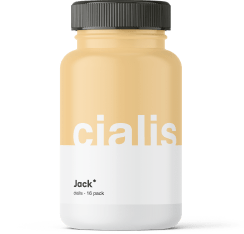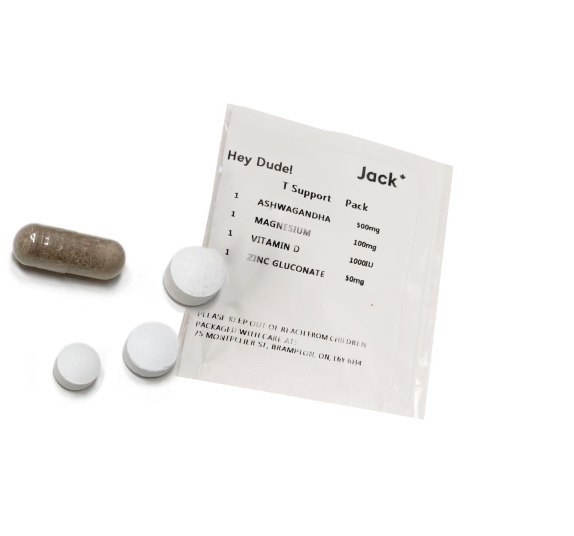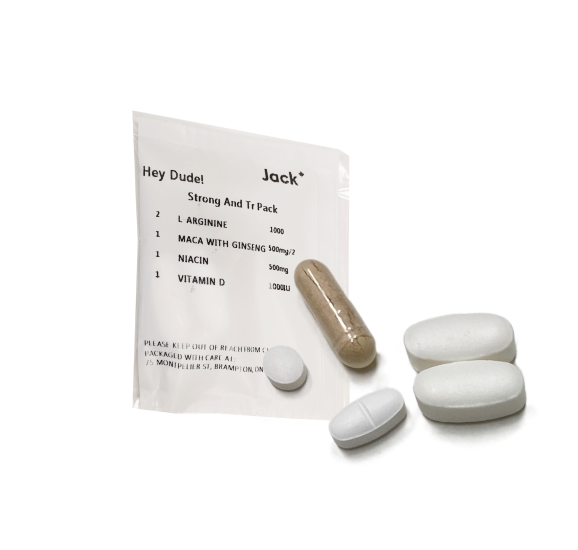Ozempic, also known as semaglutide, has gained popularity over the years. It’s primarily used as an effective treatment for adults with type 2 diabetes, but it’s also been successful in aiding weight management. This article will delve into what Ozempic is, its dosing for effective weight management, its limitations and indications of use, important safety information, and a practical guide to its use. We’ll also answer some frequently asked questions.
What Is Ozempic?
Ozempic is the brand name for semaglutide, a prescription drug marketed by the manufacturer, Novo Nordisk. It’s also marketed under the brands Wegovy or Rybelsus. Primarily used to treat type 2 diabetes, Ozempic is part of a larger class of prescription drugs known as glucagon-like peptide-1 (GLP-1) receptor agonists.
These receptor agonists mimic the action of the GLP-1 hormone in the body, a hormone that naturally aids the pancreas in balancing insulin and blood glucose levels, and slows the body’s digestive process. Semaglutide has been found to be very beneficial for weight management, and so the drug is also approved by the FDA for the treatment of those with a body mass index (BMI) of 27 or higher.
In addition to the medication, it’s recommended that participants also embark on lifestyle changes for effective weight reduction. This includes a combination of a healthy diet and regular exercise. Semaglutide can also assist with reducing the risks of heart disease or major cardiovascular events, including heart attack, stroke, hypertension, and death. In those who are not already being treated for and are at risk of developing type 2 diabetes, it may also reduce that risk.
In Canada, semaglutide injections are the only form of semaglutide that are approved for use, as the effectiveness of the tablet form has been found to be significantly subpar. These are administered by the patient once weekly subcutaneously, using an Ozempic Pen — similar to an EpiPen. Ozempic Pens contain pre-filled doses, and come with four separate needles. For more information on Ozempic dosage, visit this link.
While the efficacy of semaglutide has shown to be excellent in trials and according to anecdotal evidence, there are a range of other diabetes medications on the market. Others you may be aware of include Victoza or Saxenda (both liraglutides), Farxiga (dapagliflozin), Metformin (biguanides), Trulicity (dulaglutide), and Glyburide (sulfonylureas). Metformin and Metformin Metformin are often used in combination with Ozempic for better results.
Indications and Limitations of Use
Who Can Take Ozempic for Weight Loss?
To assess your suitability to take Ozempic for weight loss purposes, you must have a BMI of 27 or above. You may also have high blood pressure, non-alcoholic fatty liver disease, cholesterol problems, or type 2 diabetes. Semaglutide is not recommended for treatment of those with type 1 diabetes. If you have received a diagnosis of type 1 diabetes, your medical team may recommend one of the many alternatives on the market for treatment.
Additionally, those going through pregnancy, breastfeeding, or attempting to conceive should not take Ozempic. You should consult your medical team to put a treatment plan in place. Bear in mind that you will likely only have insurance coverage for Ozempic if you have been prescribed it for the treatment of type 2 diabetes.
Ozempic Dosing Guide
If you’re unsure about how to administer your Ozempic dosage, your medical team, Nurse Practitioner, walk-in clinic, family doctor, or pharmacist will be able to advise you further. Novo Nordisk also has a helpful video page on their website with full instructions.
Understanding the Typical Ozempic Dosage
Everyone who takes Ozempic will have a slightly different dosage. This will depend on an evaluation of your circumstances, medical history, and goals. However, generally speaking, the advice is to start Ozempic with a dose of 0.25 mg once a week for a period of 4 weeks.
Upon reaching week 5 of taking the medication, the dosage will be increased to 0.5 mg per week, which will be maintained for the course of your treatment. If you require more intense blood sugar control, it is likely that your medical team may increase your dose to 1 mg. The maximum dose you may be put on is a 2 mg pen. Some patients may also be prescribed a 1.5 ml dose or a semaglutide 2.4 mg dose, depending on their specific needs and the doctor’s evaluation.
How and When Can You Increase Your Dose?
If you are considering changing your dosages of Ozempic outside of the initial dosage increase period at week five, you should consult your medical team first. They will examine how well you have responded to the medication, if you’re experiencing any side effects or complications, and assess when and how to increase the dosage for the best response.
What Is the Maximum Dose?
The maximum weekly dose of Ozempic is 2 mg. You will only be prescribed this dose if you require additional blood sugar control, or have had limited results from a smaller dose. To learn more about Ozempic for weight loss, check out this page.
Can You Change Your Ozempic Injection Day?
Although not recommended, you may switch the day of the week that you take Ozempic as long as two or more days have passed since your last dose. It’s important to try to stick to a regular schedule, however, to reduce the chance of overdosing.
Using Ozempic for Weight Loss
While Ozempic is not targeted as a weight loss drug, the data suggests that people who take semaglutide may experience significant positive changes to their weight management. This 2021 study found that of their 1,961 participants, those in the semaglutide group lost 14.9% of their body weight, compared with 2.4% of the group on the placebo over the 68 weeks — a huge difference!
In the study, semaglutide was used in conjunction with lifestyle intervention, which included healthier meals, regular exercise, and therapy.
How Does Ozempic Help You Lose Weight?
The primary ingredient of Ozempic, semaglutide, works by boosting the effects of the naturally occurring hormone GLP-1. This hormone helps to control the hunger centers of the brain and slows the rate at which the stomach empties. This can lead to lower levels of hunger, prolonged fullness and, ultimately, reduced calorie consumption.
Can You Lose Weight on Ozempic 0.5 mg?
Taking a dosage of 0.5 mg is likely to produce a gradual decrease in weight, with some individuals having reported significant weight management improvements while taking the 0.25 mg dose. It has been suggested in some studies that taking a 0.5 mg dose of Ozempic may help patients manage their weight on average by up to 8 lbs.
What Is the Average Weight Loss for Ozempic 2 mg?
While it will vary from person to person, other studies have indicated that people taking Ozempic over the course of 40 weeks could potentially see results of around 15 lbs of weight management results, on average.
How Effective Is Ozempic for Weight Loss?
The results of clinical studies to investigate the weight loss effects of Ozempic have so far been positive. Initial findings indicate that the medication has proved to be more effective in terms of weight management, especially in comparison to a placebo or other drugs for managing insulin levels. Further studies have also found that when taking Ozempic, individuals with or without diabetes may see a reduction of 5–10% of their initial body weight in a matter of months.
How Do I Maximize My Weight Loss on Ozempic?
Although Ozempic will likely help you with your weight management goals through the reduction of appetite, you can maximize this process by making positive lifestyle changes. These include reducing your calorie intake and alcohol consumption, as well as increasing your physical activity levels. Be sure to drink plenty of water while on Ozempic, as this will help prevent dehydration.
Can Ozempic Cause Rapid Weight Loss?
A number of clinical studies have demonstrated that semaglutide, the active ingredient in Ozempic, may be able to speed up your weight management goals, especially in those with obesity. However, it’s important to note that individual responses to medications vary. How much Ozempic can assist you in reaching your weight management goals is greatly influenced by your lifestyle habits.
Important Safety Information
What Is the Most Important Information I Should Know about Ozempic?
In clinical trials involving rodents, Ozempic and medicines that have a similar effect, have been found to cause thyroid tumors, including thyroid cancer. Currently, though still uncertain as to whether or not Ozempic has the same capacity to cause thyroid tumors or medullary thyroid carcinoma (MTC) in humans, caution is advised.
Contraindications
Ozempic should not be taken by those who have a personal or family history of MTC, nor should it be prescribed to patients with such a history. Additionally, there are a number of contraindications associated with Ozempic, so be sure to disclose any prescription medications you’re taking with your medical team before starting the drug. For more details on what Ozempic is used for, visit this link.
Warnings and Precautions
As with any medication, you should also be aware of any potential side effects or warnings. Although Ozempic is generally considered to be a safe drug, you should always discuss any previous health issues with your medical team. If you have any history of stomach disorders, pancreatitis, kidney problems, or diabetes-related eye problems, Ozempic may not be suitable for you. Make sure to never share your Ozempic Pen with anyone, as this could lead to a risk of infection.
Adverse Reactions
Adverse reactions may include an allergic reaction, among a number of other side effects (listed in the section below). Signs you may be experiencing an allergic reaction include swelling of the face, lips, or throat, difficulty breathing after administering your Ozempic dosage, or an itchy rash or hives around the injection site. If you suffer from an allergic reaction, or have any signs or symptoms of any of the more serious side effects, stop your use of Ozempic immediately and contact your medical team, or visit the ER at your local hospital.
What Are the Possible Side Effects of Ozempic?
Common side effects that may occur when taking Ozempic include nausea, vomiting, diarrhea, abdominal pain, and constipation. Rare, but potentially serious, side effects of taking Ozempic may include damage or failure of the kidneys, pancreatitis, hypoglycemia, changes in vision (diabetic retinopathy), gallbladder issues, and thyroid cancer. Should you experience any adverse reactions or symptoms associated with the more severe side effects listed above, stop your use of Ozempic immediately and contact your medical team, or visit the ER at your local hospital.
What Should You Do If You Take Too Much Ozempic?
Taking more than the prescribed amount of Ozempic can cause side effects such as feeling nauseous or even vomiting. You may also experience other gastrointestinal related side effects, such as bloating, diarrhea, or abdominal pain. Exceeding the recommended dosage of Ozempic can also bring on hypoglycemia, a condition that can cause queasiness, lightheadedness, and confusion. In the event of an overdose, even if you do not suffer side effects from it, you should contact your medical team immediately, or visit the ER at your local hospital.
What Happens If I Stop Taking Ozempic?
Once you stop taking Ozempic, if you’ve primarily been taking it for weight management, then it’s important to continue with the positive lifestyle changes you’ve implemented. This is due to the fact that the hunger-reducing side effect of semaglutide often causes users to experience an increase in hunger once they stop taking the medication. This increase can lead to weight regain. Be sure to continue to communicate with your medical team, as they’ll be able to oversee your care and continued management of treatment, if necessary. You may also want to consider therapy to address your underlying relationship with food.
Practical Guide to Using Ozempic
Where Do You Inject Ozempic for Weight Loss?
The proper way to administer Ozempic is by injecting it into the fatty layer just beneath the skin. This is referred to as subcutaneous injection. In order to achieve the best possible results, it is recommended that the injections be administered in either the front of your thighs, the front of your abdomen, or your upper arms. Be sure to rotate your injection site each time
you inject. Ensure that you dispose of your sharps properly in a sharps container after use, and dispose of your Ozempic Pen no later than 56 days after first use.
Are There Different Ozempic Pens?
There are currently three different dosing pen options with Ozempic, available by prescription:
– The red label pen delivers 0.25 mg and 0.5 mg doses and contains a total of 2 mg
– The blue label pen delivers 1 mg doses and contains a total of 4 mg
– The yellow label pen delivers 2 mg doses and contains a total of 8 mg.
Each pen comes with a number of single-use needles.
Key Takeaways
– Ozempic, or semaglutide, is a prescription drug primarily used for treating type 2 diabetes and weight management.
– The medication works by mimicking the action of the GLP-1 hormone, which aids in controlling blood sugar levels and reducing hunger.
– The typical Ozempic dosage starts at 0.25 mg once a week for 4 weeks, then increases to 0.5 mg per week.
– The maximum weekly dose of Ozempic is 2 mg.
– Semaglutide has been found to be effective in weight management, with studies showing significant weight loss in participants.
– It’s important to consult with your healthcare provider before starting Ozempic, as there are potential side effects and contraindications.
Frequently Asked Questions
Can Ozempic cause rapid weight loss?
Clinical studies have shown that semaglutide, the active ingredient in Ozempic, may speed up weight loss, especially in those with obesity. However, individual responses to medications vary, and the effectiveness of Ozempic can be greatly influenced by lifestyle habits.
What are the possible side effects of Ozempic?
Common side effects of Ozempic include nausea, vomiting, diarrhea, abdominal pain, and constipation. Rare but potentially serious side effects include damage or failure of the kidneys, pancreatitis, hypoglycemia, changes in vision, gallbladder issues, and thyroid cancer.
What should I do if I take too much Ozempic?
If you take more than the prescribed amount of Ozempic, you may experience side effects such as nausea, vomiting, bloating, diarrhea, abdominal pain, or hypoglycemia. In the event of an overdose, contact your medical team immediately or visit the ER at your local hospital.
What happens if I stop taking Ozempic?
If you stop taking Ozempic, it’s important to continue with the positive lifestyle changes you’ve implemented. The hunger-reducing side effect of semaglutide often causes users to experience an increase in hunger once they stop taking the medication, which can lead to weight regain.
Are there different Ozempic pens?
Yes, there are three different dosing pen options with Ozempic, available by prescription. The red label pen delivers 0.25 mg and 0.5 mg doses, the blue label pen delivers 1 mg doses, and the yellow label pen delivers 2 mg doses. Each pen comes with a number of single-use needles.
Additional Support
Novo Nordisk offers a Savings Card to help with the cost of Ozempic. This can be a great support for those who are prescribed the medication. The company’s logo is a testament to their commitment to providing quality products and support to their patients. If you have any questions or need additional support, don’t hesitate to reach out to your healthcare provider. They are there to help you through every step of your journey.
Remember, every person’s body reacts differently to medications, and what works for one may not work for another. It’s important to keep an open line of communication with your healthcare provider to ensure you’re getting the most out of your treatment. Always be aware of potential interactions with other medications you’re taking, and report any adverse reactions immediately.
Inflammation at the injection site is a common side effect of Ozempic. If you notice any signs of inflammation or other adverse reactions, contact your healthcare provider immediately. They can provide advice on how to manage these symptoms and may adjust your Ozempic dose if necessary.
Remember, the reason for taking Ozempic is to improve your health and manage your weight and blood sugar levels. It’s not a magic pill, but with the right lifestyle changes and medical support, it can make a significant difference in your life. Always keep in mind that everything you do for your health is a step in the right direction.

Mature Hairline Vs Receding: Pictures & Signs
It’s a nightmare for men to see a change in their hairline. It makes them wonder if it’s the natural way of aging or the

How to Prevent and Stop Receding Hairline: Proven Techniques
It all starts with a glance in the mirror. First, a slightly higher corner. Then the hairline starts creeping back. Before you know it, you’re

What is a Mature Hairline? Looks, Causes, and Solutions
A mature hairline can feel like a rite of passage—something that happens gradually and often goes unnoticed until one day, you realize your hairline has













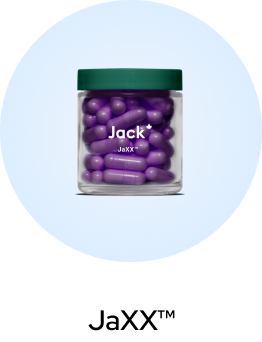
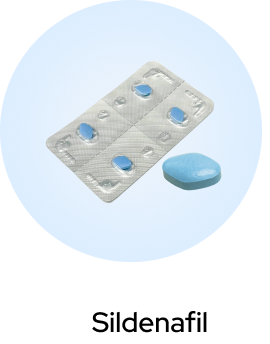
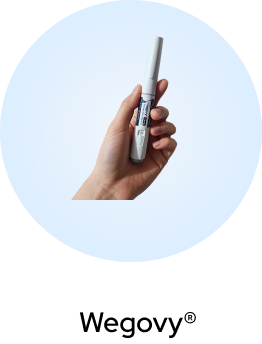
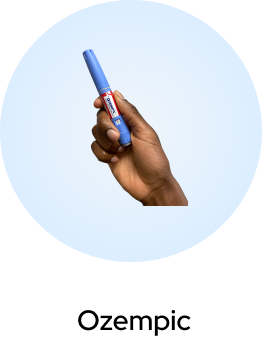


 (US)
(US)